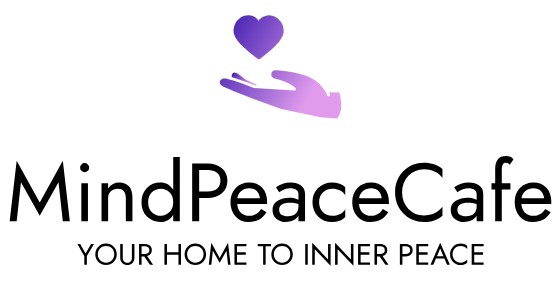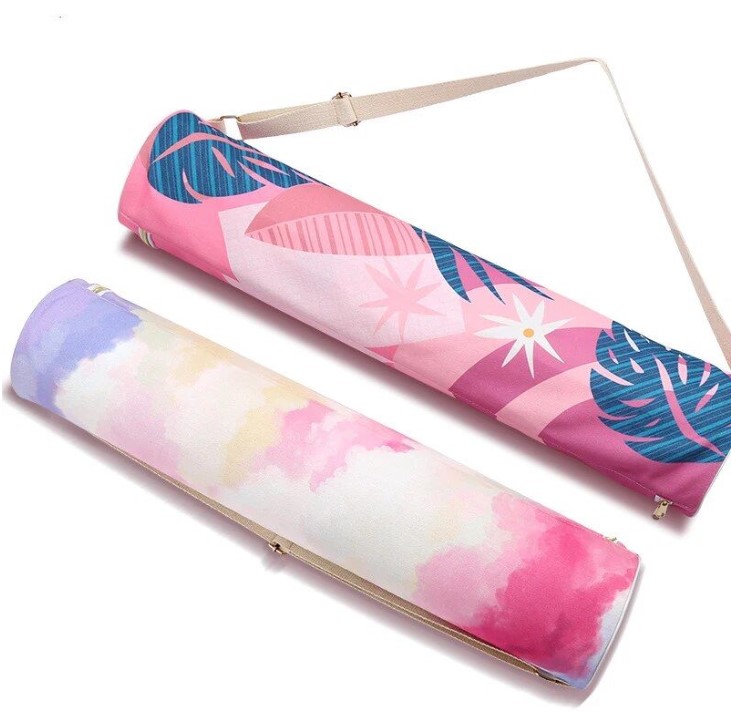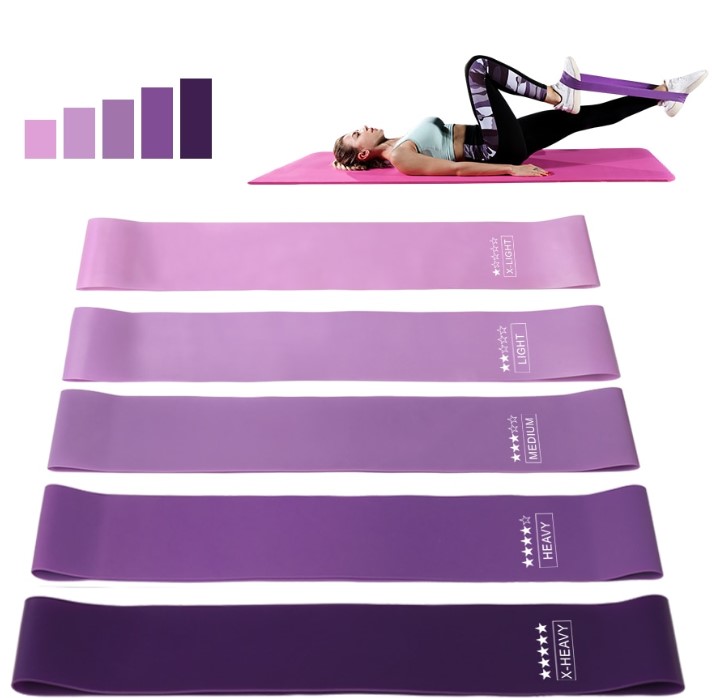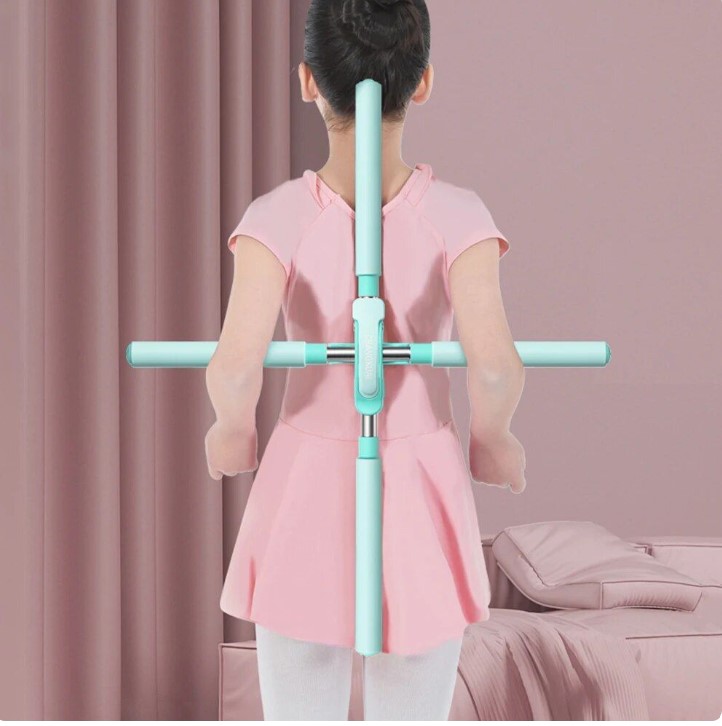Coloring Life: A Journey of Emotional Expression and Well-being
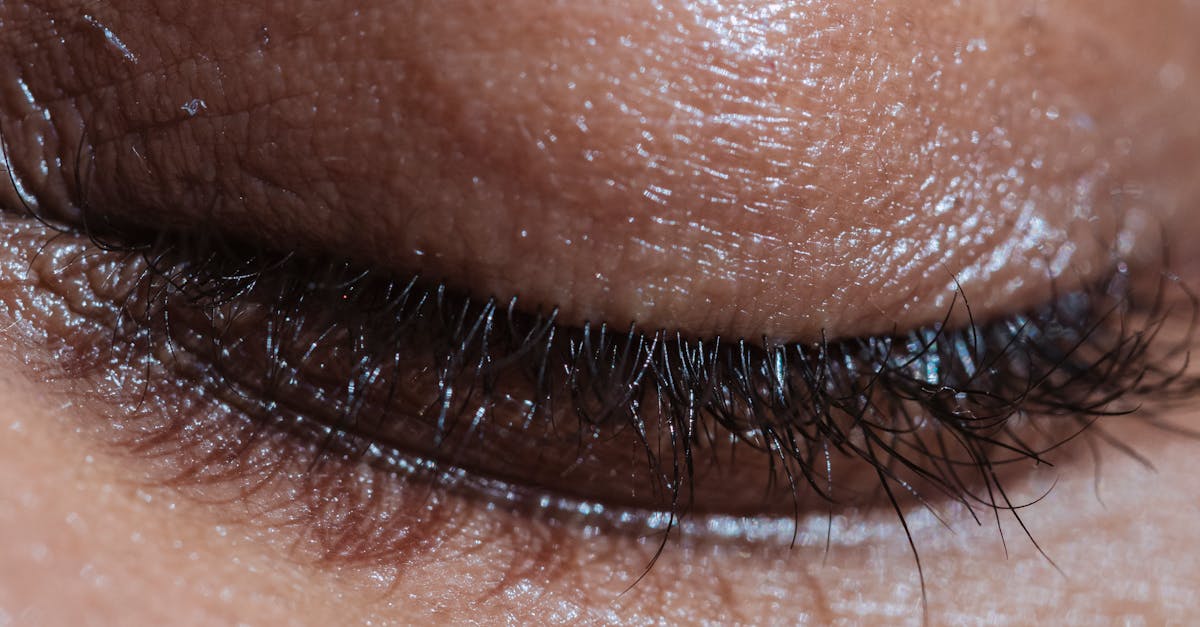
Step into the world of mindful coloring, where emotional expression and well-being converge in a beautiful dance of colors. In this journey, we’ll explore the transformative power of mindful coloring books and how they serve as a gateway to unlocking emotions, fostering relaxation, and nurturing creativity. From understanding the psychological benefits to uncovering the science behind this art form, we’ll delve into the techniques that elevate coloring from a simple pastime to a meditative practice. Embracing feelings through color choices and understanding how this artistic freedom stimulates emotional release, we’ll discover how mindful coloring serves as a tool for individuals of all ages, providing a safe space for acknowledging and expressing emotions, whether you’re a child, teenager, or an adult. Whether you’re seeking stress reduction, improved focus, or a creative outlet, mindful coloring is a journey of self-discovery and emotional expression fit for everyone, regardless of age or background.
1. Understanding Mindful Coloring
Welcome to the colorful world of mindful coloring, where the act of putting pencil to paper transcends the ordinary and becomes a powerful tool for emotional expression and well-being. Mindful coloring isn’t just about filling in intricate designs—it’s a meditative journey where colors become the language of the soul, a pathway to understanding and expressing our emotions. By immersing ourselves in this process, we uncover a world of psychological benefits, from stress reduction to improved focus, all wrapped up in the simple joy of coloring. Research has shown that mindful coloring has a remarkable impact on emotional well-being, providing a space for self-reflection and introspection. As we explore this concept, we’ll peel back the layers of mindful coloring to reveal its unique ability to act as a form of mental and emotional therapy, promoting a sense of calm and relaxation that extends far beyond the pages of a coloring book. In understanding mindful coloring, we embrace a practice that encourages not just creativity, but also emotional resilience and self-awareness.
Benefits of Mindful Coloring
Engaging in mindful coloring offers a treasure trove of psychological benefits that go beyond creating beautiful images on a page. It’s an immersive experience, guiding us into a state of relaxation and focus that can alleviate the weight of everyday stress. As we pick up our coloring tools, we enter a world where worries fade into the background, replaced by the soothing rhythm of color and creation. Research has unveiled that this simple act of coloring helps stimulate the areas of the brain responsible for creativity and logic, leading to improved focus and attention. It’s a gentle exercise for the mind, allowing us to embrace the present moment and find serenity in the strokes of a pencil or marker. Furthermore, mindful coloring acts as a form of meditation, promoting a calm and tranquil state of mind, a space where we can let go of the chaos and find our center. The act of mindful coloring, therefore, becomes a sanctuary from the hustle and bustle of daily life, a haven where emotional well-being is fostered through the simple yet profound art of coloring.
Science Behind Mindful Coloring
The science behind mindful coloring is an intriguing journey that aligns the art of coloring with concrete evidence of its positive impact on emotional well-being. Recent studies have delved into the neurological and psychological underpinnings of why mindful coloring isn’t just a leisurely activity but a profound tool for nurturing our emotional health. These investigations have revealed that engaging in mindful coloring activates areas of the brain associated with creativity and fine motor skills, offering a soothing effect that transcends the mere act of coloring. When we immerse ourselves in choosing colors and bringing life to intricate designs, our brains enter a state of focus and mindfulness, akin to meditation, promoting a sense of calm and relaxation that uplifts our emotional well-being. Moreover, the repetitive motion involved in coloring fosters a state of flow, where we lose track of time and enter a zone of harmonious engagement, enhancing our mental state through its peaceful rhythm. As the scientific evidence unravels, it becomes increasingly clear that mindful coloring isn’t just an artistic pursuit; it’s a scientifically-backed approach to improving our emotional equilibrium and generating a sense of inner tranquility.
2. Techniques for Mindful Coloring
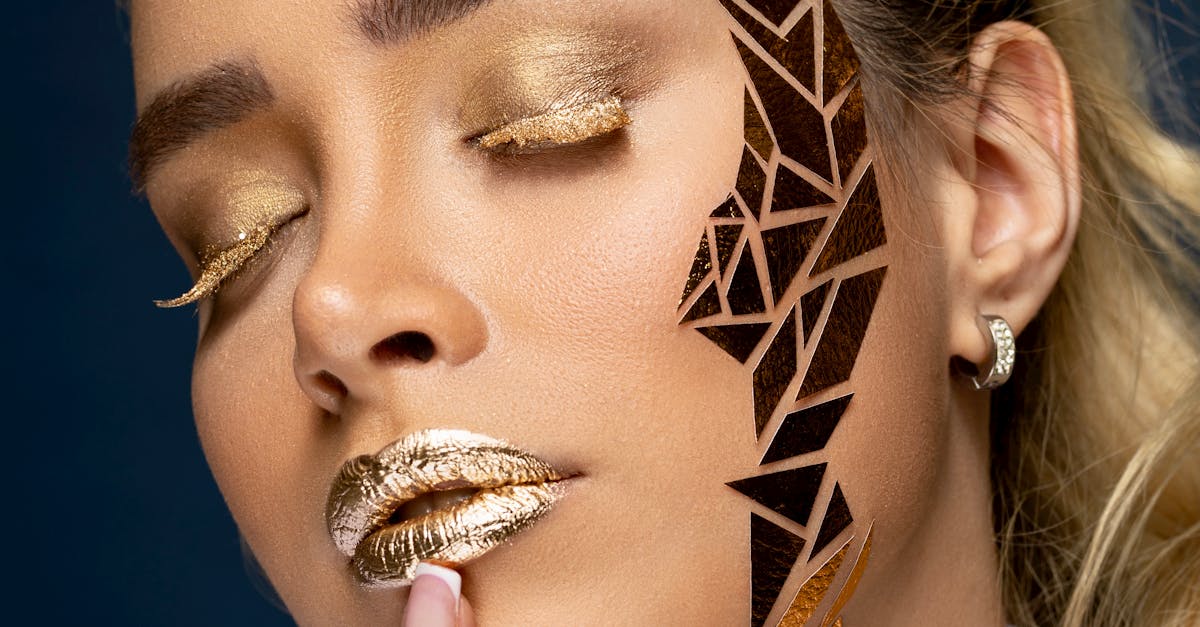
Exploring mindful coloring techniques opens a world of creativity and emotional expression, providing more than just a colorful escape. Choosing the right coloring materials is the first step in this journey, allowing us to engage with the process on a deeper level. From picking up the perfect set of colored pencils or markers to selecting the right paper, these decisions play a vital role in enhancing the mindful coloring experience. Additionally, incorporating mindful coloring meditation techniques transforms the act of coloring into a form of relaxation and self-discovery. Integrating focused breathing and being fully present in the coloring moment takes the practice beyond a simple pastime, elevating it to a form of calming and meditative self-expression. As we embrace these practical strategies, we learn to infuse our mindful coloring sessions with intention and mindfulness, creating a space to release emotions and stress while nurturing our creativity.
Choosing the Right Coloring Materials
In the world of mindful coloring, selecting the right materials is akin to setting the stage for a captivating performance. Choosing the best coloring materials paves the way for a more fulfilling and immersive mindful coloring practice. When it comes to colored pencils, opting for artist-quality materials not only elevates the visual outcome but also enhances the tactile experience. These pencils often offer a rich color payoff and smooth application, making the act of coloring more pleasurable and allowing for finer detail work. For those who prefer markers, selecting alcohol-based markers can provide vibrant, blendable colors, offering a wider spectrum for artistic expression. Paper selection also plays a crucial role in mindful coloring, as it can affect the way colors appear and blend. Opting for thicker, acid-free paper ensures that the colors remain vivid and true to their original hue, while preventing bleed-through and ensuring the durability of the artwork. By understanding the nuances of coloring materials, individuals can tailor their choices to suit their preferences and elevate their mindful coloring experience, turning each session into a journey of creative self-discovery and emotional expression.
Mindful Coloring Meditation
Mindful coloring meditation bridges the gap between artistic expression and inner tranquility, weaving a unique tapestry of emotional release and relaxation. This powerful fusion involves incorporating meditation techniques into the mindful coloring process, transforming it from a simple activity into a profound tool for self-discovery. As we engage in mindful coloring, we can infuse the practice with mindful breathing, bringing attention to the present moment and focusing on each stroke of color. This deliberate focus integrates the principles of meditation, offering a gateway to enhanced emotional expression and a calmer, more centered state of being. Additionally, by incorporating mindful music or soothing sounds into the coloring session, individuals can create an environment that further nurtures a state of inner peace and emotional release. By embracing mindful coloring meditation, individuals can cultivate a sense of mindfulness and self-awareness, fostering emotional resilience and well-being through the act of creative expression.
3. Mindful Coloring and Emotional Expression
Mindful coloring offers a unique avenue for emotional expression and creativity, making it more than just a recreational activity. By engaging in mindful coloring, individuals can seamlessly channel their emotions into the strokes of color they choose, allowing for a profound form of self-expression. Each hue selected becomes a reflection of inner sentiment, fostering a safe and nonverbal space to acknowledge and process emotions. Through this process, mindful coloring provides an opportunity for individuals to embrace their feelings and gain a deeper understanding of their emotional landscape. Moreover, the inherent freedom and creativity within mindful coloring allow for an uninhibited exploration of the self. As individuals set their intentions and let their emotions guide their color choices, creativity intertwines with emotional expression, creating a powerful outlet for self-discovery and personal growth. In this interconnected journey, mindful coloring becomes a supportive tool for embracing and celebrating the kaleidoscope of human emotions.
Embracing Feelings Through Color
Mindful coloring serves as a gentle invitation to embrace and express feelings through the language of colors. In this mindful practice, choosing colors becomes a deeply personal and introspective journey, allowing individuals to acknowledge and articulate their emotions in a unique and nonverbal manner. Each stroke of color offers a safe and tangible outlet for the complexities of human emotions, creating a visual representation of internal landscapes. By immersing oneself in the act of coloring, individuals can navigate through their emotions with a sense of freedom and creativity, fostering a space for emotional release and self-reflection. This process highlights the transformative power of mindful coloring, extending beyond mere coloring to become a form of art therapy that encourages emotional resilience and self-awareness.
Artistic Freedom and Emotional Release
Mindful coloring harnesses the inherent creativity in each stroke of color, offering a gateway to emotional release and self-expression. The act of coloring becomes an empowering journey, where each choice of color and every stroke becomes a form of artistic freedom, allowing individuals to create and express without boundaries. The freedom to blend, shade, and choose colors fosters an environment where emotions can be channeled and expressed authentically, transcending the limitations of words. This inherent creativity transforms the act of coloring from a simple pastime to a dynamic form of self-expression, enabling individuals to release emotions and thoughts gently and organically. As individuals engage with the coloring process, the freedom to create and explore nurtures a sense of emotional release, offering a form of therapy that encourages a deeper understanding of one’s inner landscape.
4. Mindful Coloring for All Ages
Mindful coloring books cater to individuals of all ages, fostering emotional well-being and offering a universal tool for self-expression and relaxation. From children to adults, the act of coloring transcends generational boundaries, providing a sanctuary for emotional release and creativity. For children and teens, mindful coloring serves as an outlet for expressing emotions and nurturing creativity, fostering not only artistic skills but also emotional intelligence. It becomes a safe space for acknowledging feelings and exploring the vibrant world of colors, enabling them to develop a deeper understanding of their emotions. Meanwhile, for adults, mindful coloring offers a respite from daily stress and a pathway to reconnecting with their inner selves. Engaging in mindful coloring becomes a meditative practice, fostering relaxation and self-expression, allowing adults to unwind and find joy in the simplicity of coloring. The appeal of mindful coloring books across all age groups emphasizes its universal nature as a tool for fostering emotional well-being, self-reflection, and creative expression.
Benefits for Children and Teens
Mindful coloring has a profoundly positive impact on the emotional development of children and teens, offering a plethora of benefits that extend beyond the coloring page. This creative activity serves as a valuable tool for children’s emotional well-being, providing a means for self-expression, nurturing creativity, and developing essential emotional skills. By engaging in mindful coloring, children and teens are able to express their emotions through colors, allowing them to communicate their feelings, fears, and joys in a nonverbal, comfortable, and imaginative manner. Through this practice, youngsters develop a deeper understanding of their emotions and learn to navigate their internal world, fostering emotional intelligence from an early age. Additionally, mindful coloring acts as a powerful stress-reliever, allowing children to unwind, relax, and find solace in the act of creating. This in turn promotes a sense of calm and resilience, equipping children and teens with invaluable emotional coping mechanisms that they can carry into adulthood. As a result, mindful coloring becomes a holistic tool for emotional development, creativity, and fostering a sense of inner peace in children and adolescents.
Mindful Coloring for Adults
Mindful coloring offers a myriad of benefits for adult emotional well-being, serving as a powerful tool for stress reduction and self-care. Engaging in this meditative practice allows adults to immerse themselves in a calming and creative process, providing a welcomed escape from the pressures of everyday life. Through mindful coloring, adults are able to channel their emotions and experiences onto the coloring page, allowing for a soothing and introspective emotional release. This process fosters a sense of relaxation, enabling individuals to find respite from stress and anxiety. By focusing on the present moment and the act of coloring, adults are able to achieve a state of mindfulness, which plays a key role in reducing stress and promoting a sense of inner peace. Beyond stress reduction, mindful coloring also stimulates a sense of creativity and accomplishment, fostering a positive mindset and providing a healthy outlet for emotional expression. As such, mindful coloring becomes a valuable practice for adults, offering a holistic approach to rejuvenating the mind and nurturing emotional well-being.
How does mindful coloring differ from traditional coloring activities?
Mindful coloring is characterized by the intentional focus on the present moment, encouraging individuals to immerse themselves in the act of coloring as a form of meditation. Unlike traditional coloring activities, mindful coloring emphasizes emotional expression, relaxation, and self-reflection, promoting a deeper connection with one’s emotions and an enhanced sense of well-being.
Can mindful coloring help with managing stress and anxiety?
Yes, mindful coloring has been shown to be effective in reducing stress and anxiety. Engaging in this practice allows individuals to achieve a state of mindfulness, promoting relaxation and providing a calming effect on the mind. Through intentional coloring and focused breathing, many people find that mindful coloring serves as a valuable tool for managing stress and alleviating anxiety.
Is mindful coloring suitable for individuals of all ages?
Absolutely. Mindful coloring is inclusive and can benefit individuals of all ages. From children to adults, the emotional and psychological benefits of mindful coloring are universal. It offers a creative and relaxing outlet for emotional expression, making it a versatile practice that can be tailored to suit the needs of individuals at different stages of life.
How often should one engage in mindful coloring to experience its benefits?
The frequency of engaging in mindful coloring can vary based on individual preferences and schedules. Some people may find benefit from coloring daily as a part of their self-care routine, while others may choose to engage in mindful coloring on a less frequent basis. The key is to find a cadence that works for you, allowing mindful coloring to serve as a source of relaxation and emotional expression as needed.
Are there specific coloring materials that are best suited for mindful coloring?
While the choice of coloring materials ultimately depends on individual preferences, certain materials are commonly favored for mindful coloring. Quality colored pencils, markers, and thick, acid-free paper are popular choices, as they offer vibrant color outcomes and a pleasurable tactile experience. However, the most important aspect is to choose materials that foster a sense of relaxation and encourage emotional expression.
